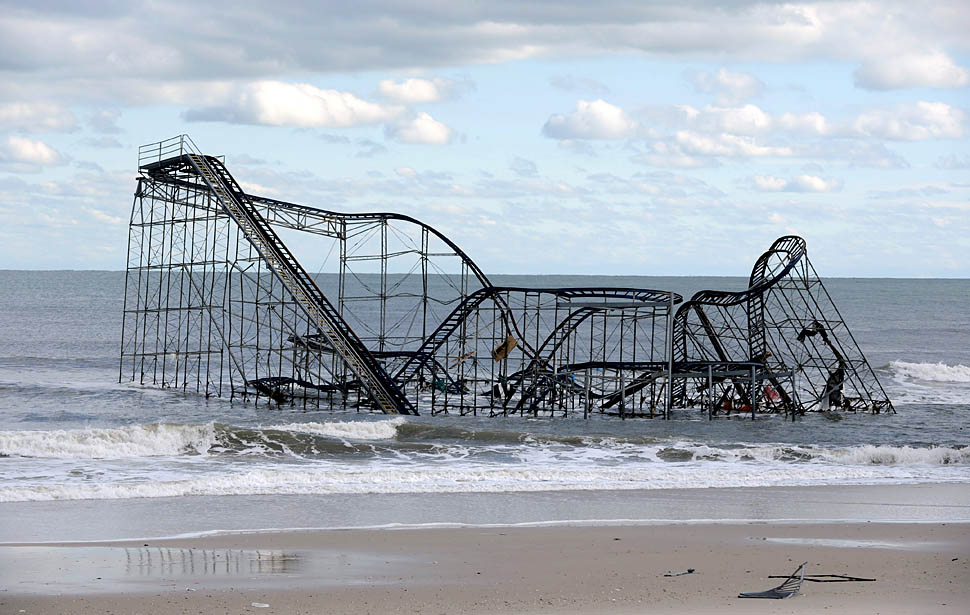10:04
A Novel
Ben Lerner
(Faber & Faber)

We might characterize 10:04 as a portrait of the author as a young aesthetic neurotic bother ego sprawl. It starts with a shot of him and his literary agent meandering along the High Line in New York City, looking down at the traffic on Tenth Avenue, talking about his next book.Mind you, we're barely into novel #2, and already we're reading about upcoming novel #3. Which, he tells her (and us) will be a projection of himself working his way "from irony to sincerity in the sinking city, a would-be Whitman of the vulnerable grid." Is this somehow related to the Venerable Bede?
Lerner reveals early on in 10:04 that he got a "strong six-figure advance" on #3, netted from publishers on the basis of a story of his that had appeared in The New Yorker. Having your story in The New Yorker can, apparently, be favorably compared to striking gold in the apartment basement or being invited to dinner with one of the founders of Google or Facebook.
This New Yorker story thing becomes central to Lerner's story-crammed, disheveled novel, so we find ourselves viewing this item as being yet another character in the book --- a very important character, perhaps the lead character. That magazine makes its o-my-god appearance on pages 4, 56, 118, 157, 214, and 243 (along with a couple of others I might have misplaced).
Despite this show of dollar-inflated egomania, Lerner proves himself to be a credible writer of dialogue, blending it with a lively strain of humor and some great if not dotty reportage.
For instance, Hurricane Sandy threatens to come visit, and he and Alex defy the warnings to go into the city. She wants a sonogram of their wee baby now just taking root in her tum.
"The GE Vivid 7 Dimension Ultrasound System is the Rolls-Royce of ultrasound machinery," Lerner reveals.
Normally the sonogram is conducted by a tech, not the doctor herself, but the tech, the doctor explains, lives in the Rockaways --- or at least she did before the hurricane. On the flat-screen hung high up on the wall, we see the image of the coming storm, its limbs moving in real time, the brain visible in its translucent skull.
The doctor confirms the baby's heartbeat, which "lowers the risk, although the chances the creature will never make landfall remain significant." It's this trickster style of writing that endears Lerner to the reader . . . Like this dialogue from a friend of a friend who has come down with cancer
"I want to tell you something, but I want you to promise you won't be mad."
"Okay, I promise," he promises.
"I'm not sick."
"What do you mean?"
"I don't have cancer," she says.
"You're in remission," he confirms.
"No, I've never had it," she says.
"Go to sleep, baby."
"No, I'm serious --- I've never had it. I wanted to tell you, but things got out of hand."
"Hush," he says, a strange feeling coming over him.
"I'm serious," she says, and something in her voice asserts that she is.
"And you've been faking your treatment," he says sarcastically.
"Yes," she says.
"You get chemo for a fake diagnosis."
"No, I sit in a bathroom stall."
§ § § Despite the good writing and these endearing tricks, you'll soon find that 10:04 has a touch of the garage band about it, something possibly endemic to the New York Younger Literary Set. Still, there are enough drag-you-in scenes in it that makes it worth your while to go through the whole bag, ignoring several occlusive passages which come, I suspect, from being another treatise about a writer writing books, filled with heavy thoughts on thinking, or on the past, or selfhood, viz,
If there had been a way to say it without it sounding like presumptuous co-op nonsense, I would have wanted to tell her that discovering you are not identical with yourself even in the most disturbing and painful way still contains the glimmer, however refracted, of the world to come, where everything is the same but a little different because the past will be citable in all of its moments, including those that from our present present happened but never occurred.
Lerner's agile ability lets us ignore the land mines he plants in the first chapter, which might be explained even before we get to the page marked ONE, where we find,
The Hassidim tell a story about the world to come that says everything there will be just as it is here. Just as our room is now, so it will be in the world to come; where our baby sleeps now, there too it will sleep in the other world. And the clothes we wear in this world, those too we will wear there. Everything will be as it is now, just a little different.
--- A. W. Allworthy
